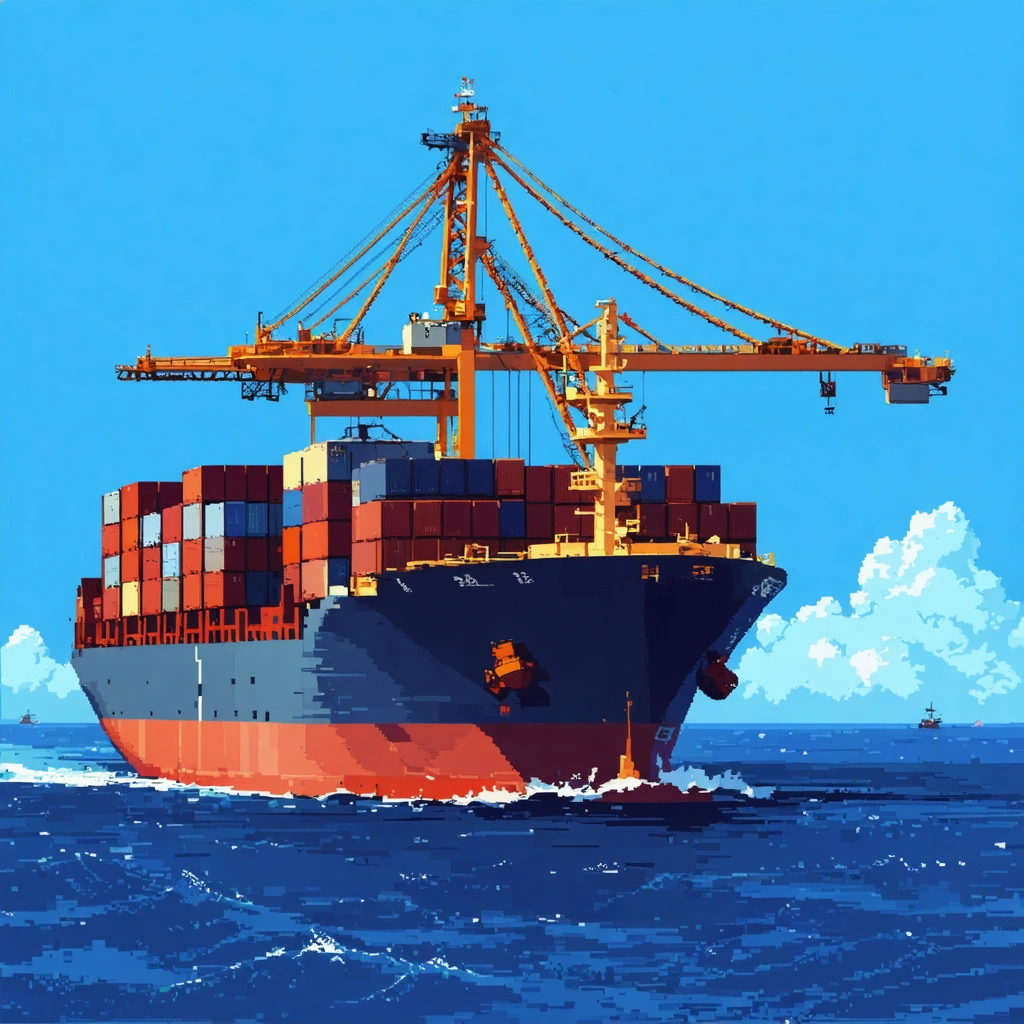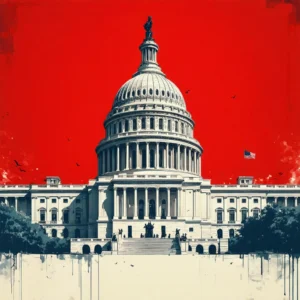
Introduction: A New Economic Battlefield
The U.S. administration has taken bold steps that signal a new phase in global trade relations. On April 2, President Trump signed an Executive Order imposing a 10% baseline tariff on all imports, marking a turning point in the nation’s trade policy. Consequently, global markets witnessed a rapid reevaluation of supply chains. First, officials elaborated on the measures during a high-profile Rose Garden announcement, directly comparing the current strategy to the historical Smoot-Hawley Tariff Act. Moreover, the Order has raised concerns among economists and political leaders worldwide, sparking debates about potential repercussions and international disputes. With diplomatic channels already abuzz, nations now rally to reassess their own tariff structures in response to this unprecedented maneuver.
A Closer Look: Tariff Mechanics and Reciprocal Measures
In essence, the Order introduces not only a sweeping 10% tariff but also country-specific reciprocal tariffs. In this design, the United States Trade Representative (USTR) plays a key role by basing extra duties on the current tariff rates imposed on U.S. exports. Specifically, these reciprocal tariffs approximate half of the tariff margin evaluated from the USTR’s 2025 Foreign Trade Barriers report. Furthermore, countries with higher tariffs on U.S. goods find themselves countered by intensified economic pressure. To illustrate, a table summarizes the application of reciprocal rates:
| Country | Current USTR Rate | Reciprocal Tariff |
|---|---|---|
| Country A | 20% | 10% |
| Country B | 16% | 8% |
| Country C | 12% | 6% |
In addition, officials exempt specific product categories, which helps moderate the heightened tensions.
Exemptions and Special Provisions
Importantly, the Executive Order spares certain items from these tariffs. For example, humanitarian assistance, personal laundry, communication materials, and media are immune from the new tariffs. Additionally, items such as steel, aluminum products, and auto parts remain under Section 232 regulations. Notably, the Order designates copper goods, pharmaceuticals, semiconductors, and lumber articles as exceptions to safeguard key industries. Conversely, sectors like energy and rare minerals now face potential new tariffs if sourcing alternatives within the United States remain limited. Moreover, for Mexico and Canada, the administration maintains existing tariff regimes imposed in March. These countries will observe USMCA compliant goods with a 0% tariff while noncompliant items experience a 25% charge, and noncompliant energy and potash attract a 10% tariff. Therefore, a delicate balance emerges between protecting domestic industries and preserving international trade relationships.
Critical Reactions and Global Implications
Many experts predict that the new tariffs will intensify friction between the United States and its trade partners. First, legal experts forecast that the lack of an official waiver process under the International Emergency Economic Powers Act (IEEPA) might lead to an increase in litigation. Next, world leaders plan to challenge these measures through U.S. courts and even the World Trade Organization. Additionally, businesses, which already grapple with uncertainty, now prepare for potential volatility in pricing and supply chain realignment. As a result, industries and labor markets try to anticipate shifts and strategically diversify their export markets. Furthermore, economists caution that the new policies may trigger retaliatory actions by affected nations, thereby escalating existing trade tensions. Thus, the Order not only reshapes trade policy but also sets the stage for a broader debate on economic strategy in a volatile international environment.
Economic Strategy: Domestic and International Perspectives
Subsequently, the administration’s decision reflects a broader economic strategy aimed at rebalancing trade deficits. Initially, policymakers intend to protect domestic industries by countering unfair trade practices such as currency manipulation and other non-tariff barriers. Moreover, several legislative proposals support the administration’s rugged stance by further reinforcing domestic production. In parallel, international responses favor a reconsideration of multilateral agreements. For instance, some countries launch their own trade reviews and propose compensatory measures. Additionally, emerging economies voice concerns about market distortions created by the reciprocal tariffs. In light of this, U.S. officials emphasize that these tariffs will encourage fairer trade practices, while critics argue that the measures might backfire, leading to global economic isolation and diminished consumer choice.
Steps Ahead: Monitoring and Adaptation Strategies
In light of these dramatic changes, businesses and policymakers must adopt proactive adaptation strategies. First, industry leaders recommend diversifying supply chains to minimize dependence on heavily regulated markets. Second, trade associations urge their members to engage in open dialogues with foreign partners. Additionally, foreign governments establish monitoring committees to track the impact of these tariffs on their domestic markets. Therefore, a roadmap emerges that includes:
- Enhanced trade negotiations aimed at reducing global tensions.
- Investment in domestic manufacturing to counteract external pressures.
- Legal challenges at national and international levels to contest perceived injustices.
Moreover, logistical experts insist on developing comprehensive contingency plans that will protect supply lines and ensure that essential goods continue to flow despite additional regulatory burdens. Consequently, a multifaceted strategy evolves among various stakeholders seeking stability.
Industry Insights and Market Forecasts
Next, analysts survey industries impacted by the tariff impositions. In many sectors, especially manufacturing and energy, companies already invest in research to assess the tariff’s damaging potential and identify alternative global markets. Moreover, individual businesses plan to restructure their operations and reconfigure global logistics. In parallel, investors remain cautious, noting that these sweeping tariffs may disrupt market confidence. Additionally, financial experts advocate for increased diversification and international investment strategies to counterbalance emerging risks. Meanwhile, government statistics indicate that while the Order might stimulate economic recalibration, it could also lead to rising consumer prices in the short term. Therefore, as market forces adjust, both businesses and governments continue to monitor the evolving situation with utmost caution.
International Diplomacy and Economic Legal Battles
Subsequently, global diplomatic channels enter a vigorous phase of negotiation and legal contention. First, nations affected by the reciprocal tariffs prepare legal briefs to submit to the World Trade Organization. Next, diplomatic representatives arrange high-level bilateral meetings aimed at mitigating conflicts. Moreover, new forums for dialogue emerge as international legal experts discuss potential lawsuits and arbitration frameworks. This evolving scenario prompts numerous think tanks and academic institutions to conduct comprehensive research on the tariffs’ long-term effects. Furthermore, media outlets across the globe report on both the immediate economic repercussions and the broader geopolitical implications. In a rapidly shifting landscape, one fact remains certain: the new trade policies have permanently altered the balance of economic power on the global stage.
Long-Term Impact: A Changing World Order
In conclusion, the imposition of these tariffs represents not merely a fiscal adjustment but a fundamental shift in international trade dynamics. First, domestic industries hope to benefit from increased protection and fairer competitive grounds. In addition, international business communities brace for a redefinition of market strategies in an era where economic nationalism takes precedence. Moreover, diplomatic relations might become more complex, as nations maneuver to safeguard their interests amid an ever-changing global order. Therefore, the far-reaching implications of the Order ripple across economic, legal, and political spheres. Ultimately, stakeholders from every corner of the globe now face the challenge of adapting to this new reality while striving to maintain open channels of commerce and dialogue. The U.S. tariff measures continue to serve as a catalyst for transformation in global trade practices.




